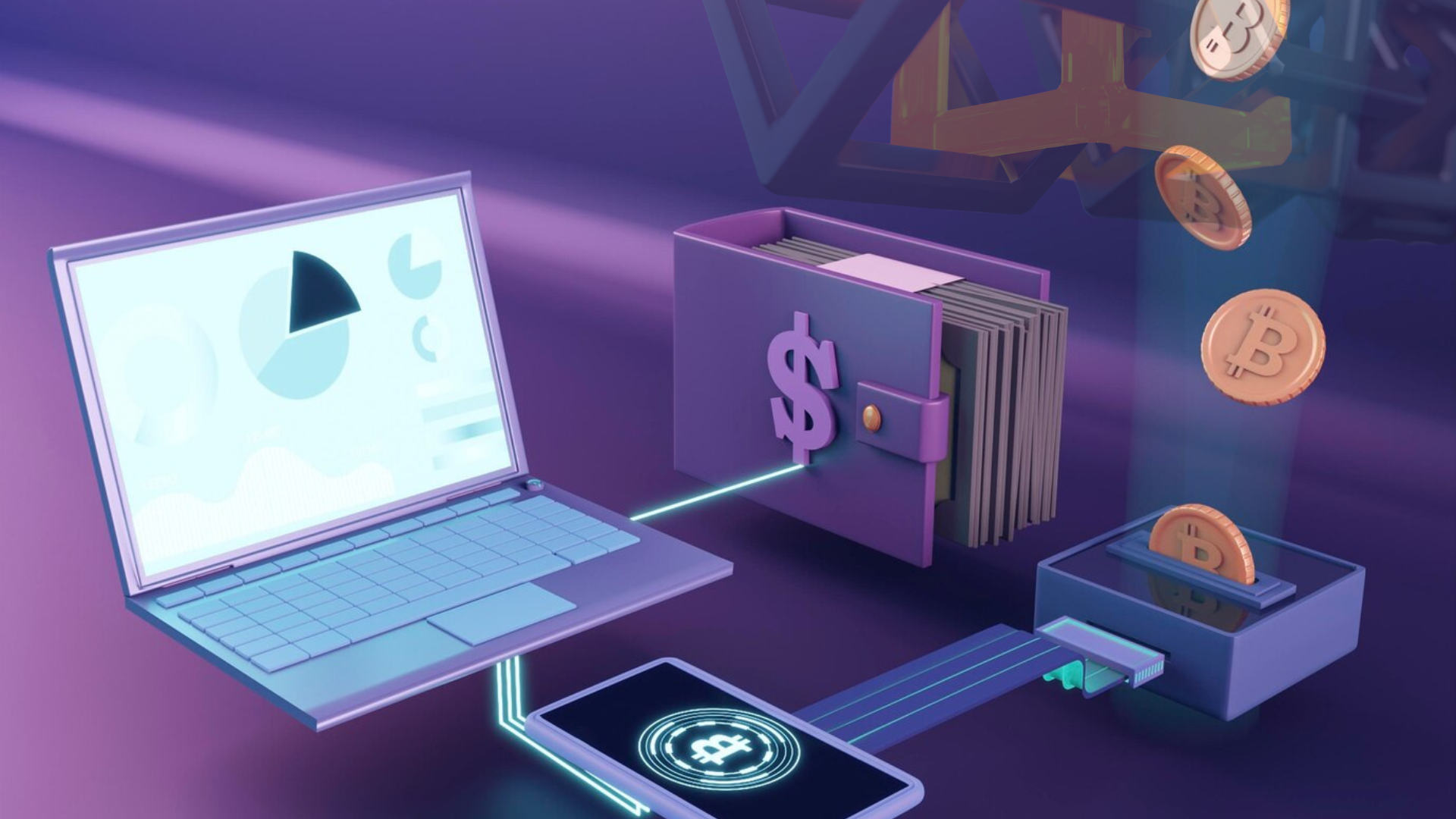
Berachain is set to roll out the next phase of its innovative Proof-of-Liquidity (PoL) rewards program on March 24, extending incentives beyond its native BEX pools to include more applications and vaults built on the network. The move is a major milestone in the blockchain’s ongoing effort to align on-chain governance, network security, and DeFi participation.
Announced in a March 21 post by the Berachain Foundation, the upcoming expansion will introduce new Reward Vaults that allow participating apps to earn Berachain Governance Token (BGT) rewards. While initial rewards will be restricted to DEX pools, a broader range of use cases and vaults will be added in the coming weeks, pending approval through community governance.
“Starting Monday, more vaults will be introduced into the reward pool,” the foundation stated, adding that approved apps have already submitted Requests for Reward Vaults to be included in the first round of distributions.
How Berachain’s PoL Mechanism Works
Berachain is rethinking traditional Proof-of-Stake (PoS) systems through its Proof-of-Liquidity consensus model, which addresses a key problem in PoS blockchains: the conflict between network security and ecosystem activity.
In standard PoS models, users lock tokens to help secure the network and earn staking rewards—but locked tokens reduce liquidity available for decentralized applications, slowing down DeFi growth. Berachain solves this by creating a system where validators are incentivized to support active apps rather than just hoard staking rewards.
Here’s how it works:
- Validators earn BGT for validating transactions.
- Instead of keeping all rewards, they must allocate most of their BGT to app-specific reward vaults.
- Apps can “bribe” validators—often using their own native tokens—to receive more BGT and attract liquidity.
- BGT holders vote on where rewards are distributed, increasing community control.
This creates a competitive incentive environment where validators are encouraged to back the most valuable apps, rather than idle staking.
Governance in the Hands of BGT Holders
With the expansion of PoL rewards, BGT token holders now play a greater role in the ecosystem. Governance participants will vote on which apps and vaults receive rewards, further decentralizing the network’s decision-making process and incentivizing users to align with high-performing applications.
This shift opens up new opportunities for projects building on Berachain to earn protocol rewards and grow liquidity, while also motivating validators to strategically align their BGT allocations.
Market Watch: BERA Price Stabilizes After Volatility
Berachain’s native token, BERA, is currently trading around $6.35, down 57% from its all-time high of $14.99 set during its mainnet launch on February 6. After a sharp post-launch crash to nearly $4, BERA rebounded to a high of $9.20 in late February, driven by rising trading volume.
Since then, price action has consolidated between $6 and $7, with volume gradually tapering off. Many traders are now eyeing the upcoming PoL expansion as a potential catalyst for renewed momentum.
What’s Next?
As Berachain’s PoL expands across more applications, the protocol continues to position itself as a next-generation blockchain model that balances decentralization, security, and DeFi usability. The upcoming reward vault expansion marks a key step toward scalable, utility-driven growth on the network.
The initial rollout on March 24 could set the tone for future governance dynamics—and potentially attract more developers and liquidity to Berachain’s growing ecosystem.


















































































































































































































































































































































































































































































































































































































































































































































































































































































































































































































































































































